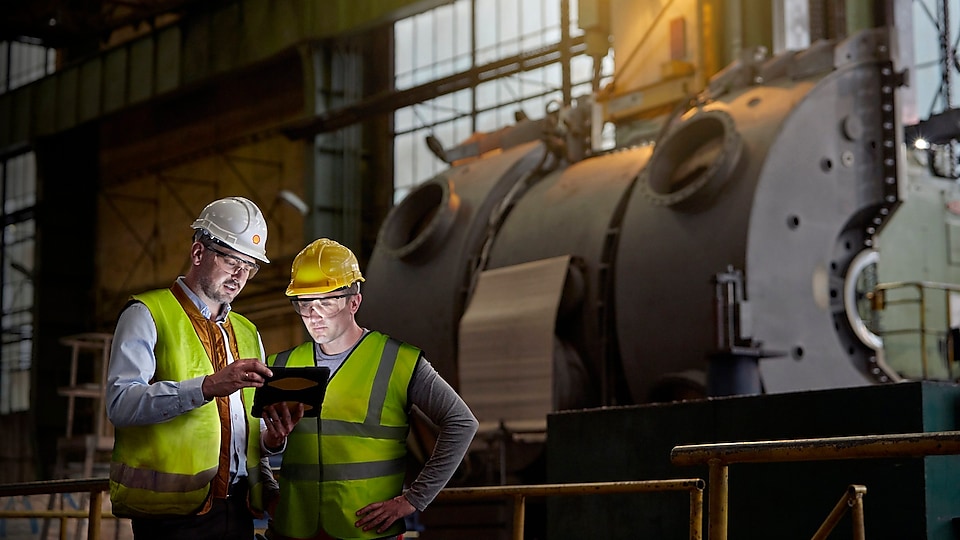Steel is vital to our ability to live more sustainably. It plays a major role in the construction of renewable energy solutions like solar panels and wind turbines (up to 79% of which are made from the metal)1. And it will form the electric vehicles that will help us reach a lower-carbon transport future.
However, there is still some way to go for steel to be a sustainable material. In fact, each ton of steel produced today emits on average 1.4 tons of CO2 2. This leaves the metals industry facing a tricky paradox to resolve. How can businesses drive growth and meet their sustainability goals?
For Mario Viarengo, Global Industry Marketing General Manager, Shell Lubricant Solutions, the challenge is clear. “Our society, and our economy, need steel, but we must also find ways to reduce its carbon footprint,” he explains. “So, how do industry leaders balance the two? How do they grapple with the conflicting need to increase output while reducing environmental impact?”
These are big questions for metals leaders to answer, but Viarengo does not see productivity and sustainability as competing aims. This perspective is backed up by the fact that an estimated 14% of steel industry companies’ potential value is at risk if they cannot decrease their environmental impact3.
“This would suggest that sustainability and productivity do not have to be mutually exclusive goals. Instead, they might actually be dependent on each other for success,” says Viarengo. “Perhaps steel businesses do not have to think about these issues separately. Perhaps they are not facing the paradox they initially thought they were.”
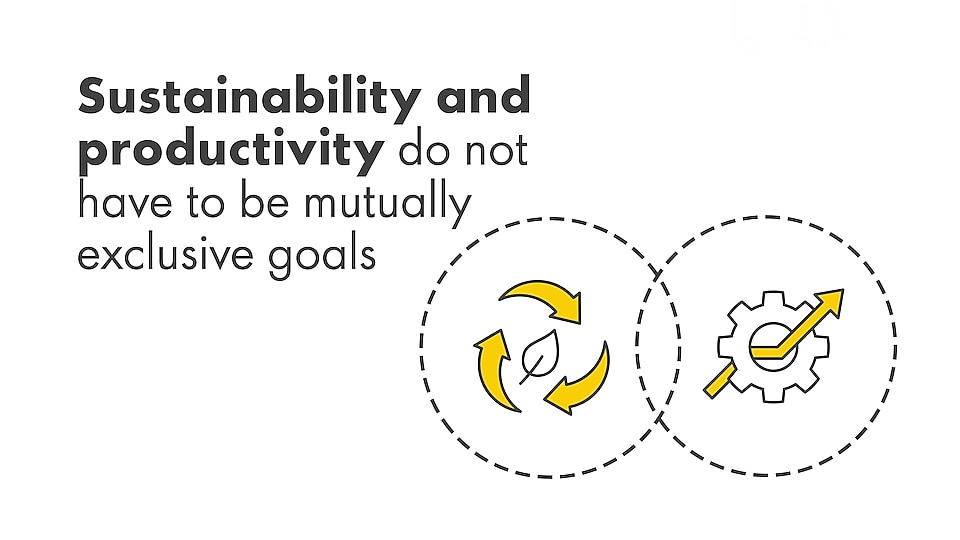
Sustainability and productivity do not have to be mutually exclusive goals
4 practical ways for steelmakers to operate more efficiently
To make steel more sustainable, businesses need to adapt their operations to run more efficiently. So, here are 4 steps they can take to increase output while improving their impact on the environment:
1. Drive sustainability through maintenance
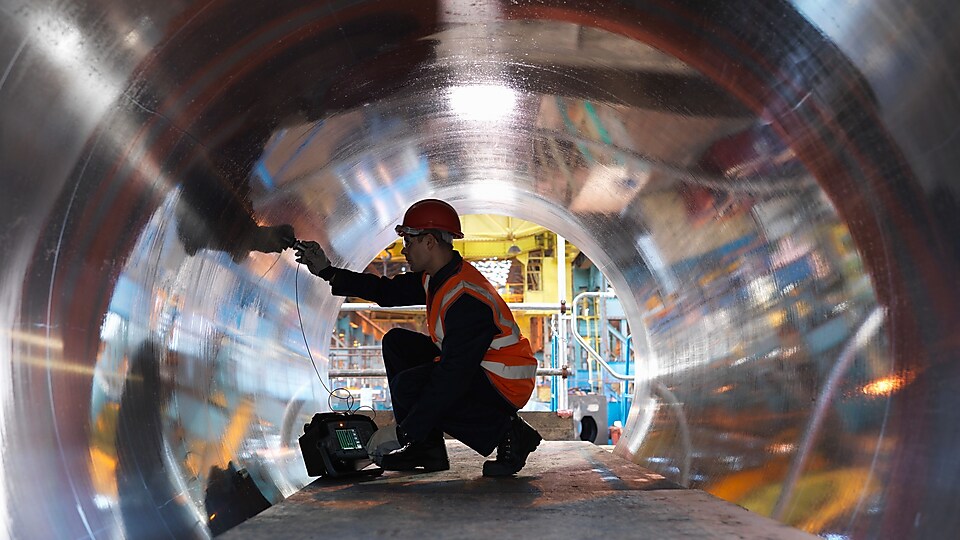
Facing a mix of operational, financial and regulatory pressures, it is important for companies to explore how every solution can have a wider impact on their business. And maintenance offers such an opportunity.
“Take carbon-neutral lubricants for example,” explains Viarengo. “Making the switch can help businesses achieve a variety of aims. They can avoid unexpected maintenance costs and maintain high levels of operational performance – all while managing their sustainability needs.”
According to Viarengo, these products are more widespread than people think. “Many companies don’t even realise there are carbon-neutral options already available,” he says. “Shell Omala S4 GXV, Shell Omala S4 WE, Shell Gadus S5 T, Shell Gadus S5 V and Shell Tellus S4 VE are all examples of carbon-neutral lubricants* that our metals customers use – sometimes without knowing the positive impact they can have on their sustainability goals.”
2. Reconsider the role of your resources
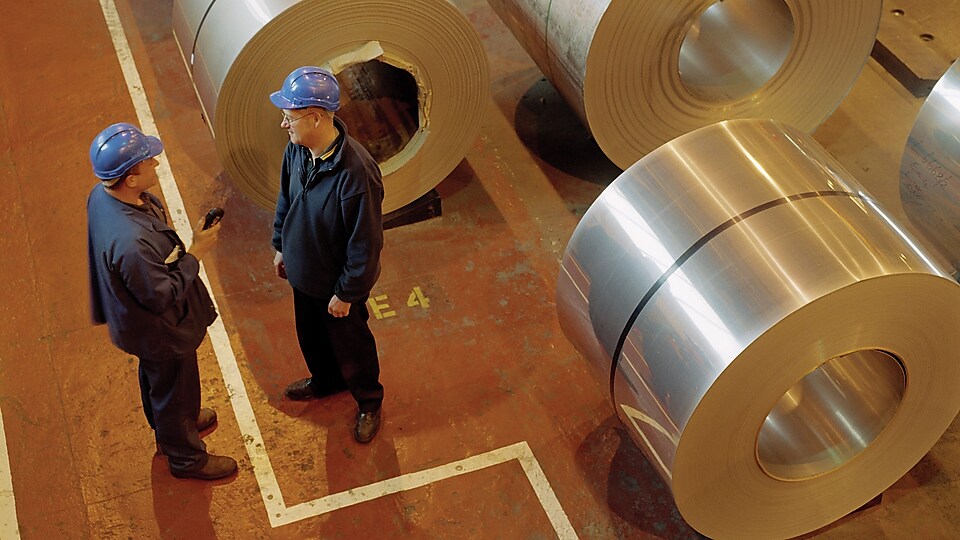
Resource management is set to play a key role in helping companies across all industries operate more efficiently and more sustainably. After all, lower consumption means lower costs and less waste.
“Many metals already have impressive recycling rates, but waste management can go beyond just your core materials,” says Viarengo. “From redesigning production processes to lowering water wastage, businesses are beginning to employ a variety of methods that help to lower costs while boosting their business and sustainability credentials.”
“And, of course, lubricants can help here too,” he adds. “Often, the higher the quality of a product, the less oil is needed or wasted.”
3. Make the switch to new energy sources
Steel production still relies on coal for 75% of its energy demand4. It is a situation that needs to change if the industry is to meet its sustainability goals – and renewables will be vital in moving away from power derived from fossil fuels.
“Moving your operations towards renewable energy sources like solar, or cleaner alternatives like hydrogen can make a world of difference to business efficiency,” says Viarengo. “I’ve seen this first-hand, with more than 50% of the electricity used in Shell’s Lubricant Blending Plants now coming from renewable sources5. Meanwhile, energy monitoring systems are helping our facilities to become even more energy efficient.”
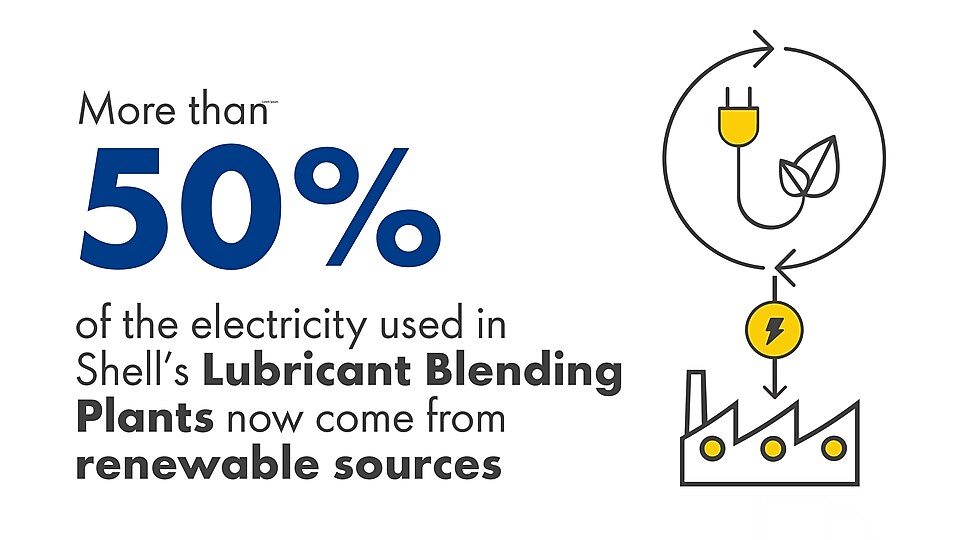
More than 50% of the electricity used in Shell’s Lubricant Blending Plants now come from renewable sources.
4. Find the right strategic support
No one company can do everything alone. The energy transition makes collaboration between businesses and across industries essential. And leaders need to forge the right partnerships to help them deliver on the potential of sustainable growth.
“The right expertise is out there; businesses often just don’t know where to find it,” says Viarengo. “Ironically, sometimes it’s right in front of you. For example, rather than simply providing the oil that can help reduce downtime, at Shell we have additional services available that can also help customers uncover hidden opportunities they had not previously spotted.”
“We have helped one of the world’s largest steel companies save more than $228,000 by using oil condition monitoring to uncover two separate, hidden issues with their equipment,” he explains. “We have also supported a wire rod business in China save more than $1 million a year through increased production, reduced maintenance costs, and by cutting oil and filter consumption.” 6
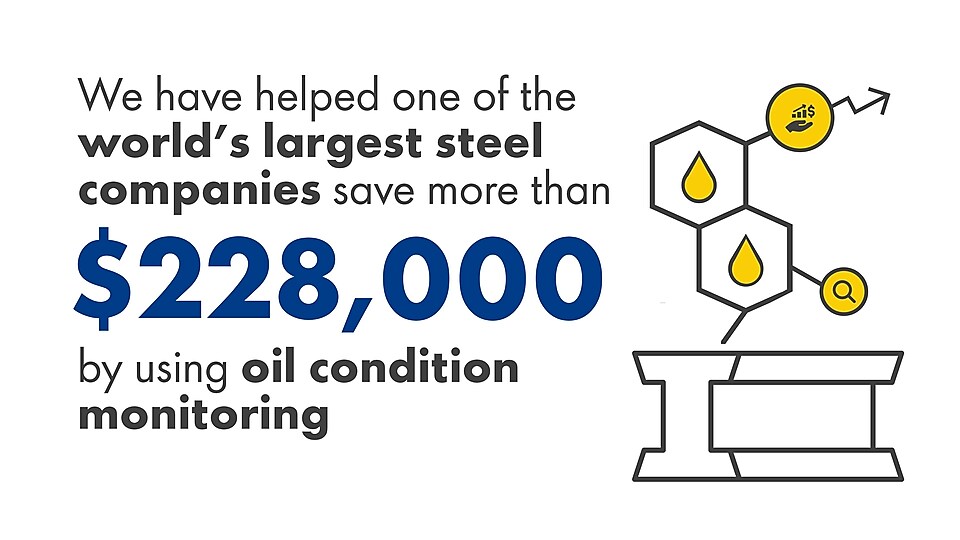
We have helped one of the world’s largest steel companies save more than $228,000 by using oil condition monitoring
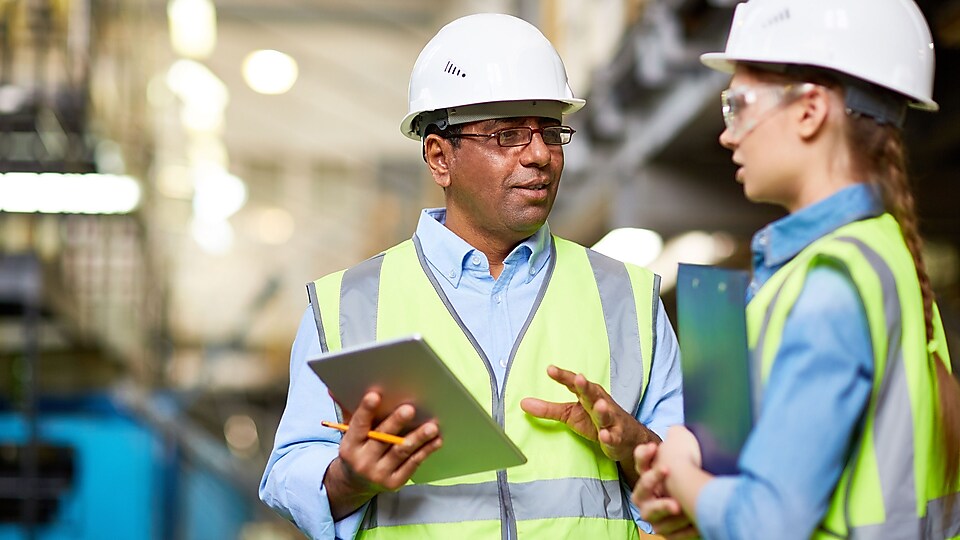
Collaborating to create a cleaner future for steel
The link between productivity and sustainability means that steel companies are not caught in a paradox, forced to choose between one course of action at the expense of the other. But, as they look to increase output while managing their environmental impact, there is still plenty to do.
Collaboration will be critical to success and will make sure the right skills, expertise and knowledge are in place to transition to a cleaner energy future.
“No matter where you are on your current decarbonisation journey, keep in mind that introducing a fresh perspective to the problem at hand might be a helpful way to balance output with impact,” concludes Viarengo. “After all, no one business is expected to have all the answers. As industries, we must work together to create solutions that can drive both performance and sustainable growth.”
Footnotes
1 US Geological Survey. “What materials are used to make wind turbines?” usgs.gov. N.D.
2 International Energy Agency. “Iron and Steel Technology Roadmap.” IEA.org. October, 2020.
3 Hoffman, Christian, Michel Van Hoey and Benedikt Zeumer. “Decarbonization challenge for steel.” Mckinsey & Company. 03 June, 2020.
4 International Energy Agency. “Iron and Steel Tracking Report.” IEA.org. November, 2021.
5 Including renewable electricity contracts. Based on Shell internal data.
6 Shell. “Reducing downtime in the Metals Sector”. Shell.com.
*”Carbon neutral” indicates that Shell has engaged in a transaction where an amount of CO₂ equivalent to the CO₂e amount associated with the raw material extraction, transport, production, distribution, usage and end-of-life of the Lubricants has been avoided as emissions through the protection of natural ecosystems or removed from the atmosphere through a nature-based process. CO₂e (CO₂ equivalent) refers to CO₂, CH₄, N₂O
More about Shell Lubricants
Explore our Lubricants Services
Explore our complete toolkit of services, gain full access to Shell expertise and get online and in-person support.
Insights & Expertise
Find out how lubricants can affect you and your maintenance costs, and what else you should think about, including getting the right partners involved.
Explore our Product Catalogue
Explore our range of high quality lubricants. Designed by technological experts, our products create substantial savings for businesses by helping to increase component efficiency, prolong equipment life and significantly reduce downtime.

